Mali
The Malian army captured the town of Kidal (north) from Tuareg separatist rebels. Data to understand the significance of this victory for the junta.
Kidal occupies a special place in Sahelian geography and consciousness. A former French military post from the beginning of the 20th century, this right-angled mosaic of streets and flat buildings set on the dust of the desert is a crucial stopover between Mali and Algeria, more than 1,500 km and 24 hours away. road to the capital Bamako, hundreds of km from other major cities in the north, Gao and Timbuktu.
Kidal, where tens of thousands of people live, and its region are the historic centre of the successive independence insurgencies that Mali has experienced since its independence from France in 1960. The head of the current junta, Colonel Assimi Goïta, served in Kidal in the past.
Kidal, what is at stake?
Since 2013, Kidal has been under the control of the Coordination of Azawad Movements (CMA), an alliance of predominantly Tuareg armed groups. This insubordination was a wedge in the sovereignty of the State over the entire territory, even more so for the colonels who took power by force in 2020 in Bamako. They have made this sovereignty their mantra.
The Kidal region was one of the first to fall into the hands of rebels, some separatist, others Salafist, when the insurrection broke out in 2012, the aftermath of which plunged Mali into the turmoil it knows today. today again. It then came under the sole control of the Salafists, and was taken over by the separatists in 2013 in the wake of the French intervention.
Before Tuesday, the Malian army and state had barely regained a foothold in Kidal since May 2014. The Malian forces were then driven out when a visit by the Prime Minister at the time, Moussa Mara, gave rise to clashes with Tuareg rebels, which caused heavy losses in the ranks of the army.
A governor has since exercised a symbolic presence. In June, the rebels prevented the constitutional referendum from being held in the region.
Kidal was also an abscess for fixing tensions between Bamako and Paris. For some, such as Prime Minister Choguel Kokalla Maïga, France created an enclave there from where terrorism spread to the rest of the country by allowing only the separatists to take it back in 2013 and by preventing the Malian army from enter it. Paris refutes these claims.
How did Kidal fall?
In May 2014, a few days after Moussa Mara's arrival, the rebels agreed to a ceasefire. In 2015, they signed a peace agreement with the government, renouncing their independence projects in exchange for more inclusion in Malian society, including in a so-called reconstituted army, and more autonomy.
For many Malians, this agreement ratified a partition of Mali, and taking back Kidal was a remedy.
The agreement was already in bad shape before the advent of the colonels. The tensions continued to increase afterwards. The rebellion resumed hostilities in August. The withdrawal of the UN mission on the orders of the junta triggered a race between the armed actors in the north (army, separatists, jihadists) for control of the territory and the camps from which the Blue Helmets were leaving.
In the ongoing security reconfiguration, Kidal was shaping up to be the ultimate hold.
When MINUSMA left its Kidal camp on October 31, the rebels were quick to take possession, much to the dismay of the junta. But the army had already had a column ready for weeks to move towards the city.



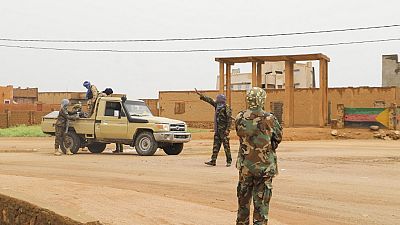

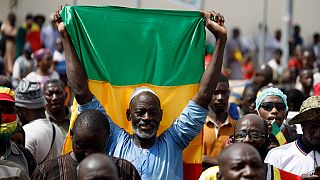
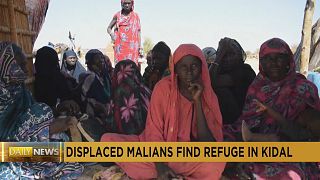
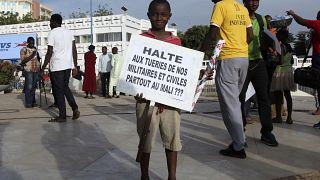
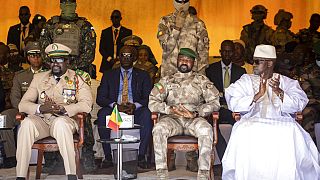
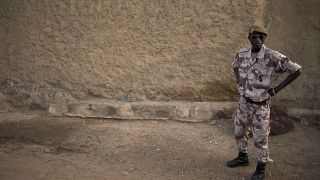
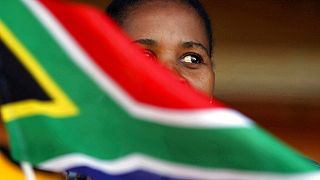


00:51
Mali bans political party activities as calls for elections grow
Go to video
At least 10 people killed as rebels seize a town in Congo's conflict-hit eastern region
Go to video
Burundi detains dozens of soldiers who refused deployment in fight against M23 rebels in Congo
01:38
Italian family back in Rome following two years of captivity in Mali
Go to video
Rebels attack a gold mine in eastern Congo, killing at least 12 people
Go to video
2 South African soldiers killed by a mortar explosion in eastern Congo amid unrest